Here’s an appreciable playlist highlighting ten jazz gems from the 1960s by Black artists whose rich contributions to the genre’s evolution may have been overshadowed by more prominent names during the decade. Each track below includes a brief note to appreciate its context better as we celebrate Black History Month. I hope you enjoy the music.
1. Tina Brooks ‘Good Old Soul’ True Blue (Blue Note Records, 1960)
Harold Floyd “Tina” Brooks was a remarkably gifted tenor sax player, but his short career and limited recordings overshadowed him. True Blue is the only album released under his name in his lifetime, and this track captures his soulful, hard-bop style at its peak. Brooks sadly died at the age of 42 from liver failure due to drugs and alcohol.
2. The Jazz Crusaders ‘Freedom Sound’ Freedom Sound (Pacific Jazz, 1961)
This Houston-based group forged a distinctive hard-bop and soul-jazz sound before becoming simply The Crusaders and venturing into jazz-funk in the 1970s. ‘Freedom Sound,’ the title track from their debut, is brimming with optimism and groove, reflecting the era’s civil rights consciousness.
3. Hank Mobley ‘East of the Village’ The Turnaround! (Blue Note Records, 1965)
Often called “the middleweight champion of the tenor sax,” Hank Mobley was a mainstay of the Blue Note label but never attained the superstar status of peers like John Coltrane or Sonny Rollins. ‘East of the Village’ showcases his lyrical phrasing and laid-back swing, highlighting his gift for tuneful, straight-ahead jazz music.
4. Dorothy Ashby ‘Soul Vibrations’ Afro-Harping (Cadet, 1968)
Dorothy Ashby was among the few jazz harpists who gained recognition, yet she remains under-spotlighted compared to many of her peers. ‘Soul Vibrations’ fuses funk and R&B flavors with Ashby’s shimmering harp lines—an inventive, accessible take on jazz that still sounds fresh today. Many hip-hop artists have sampled this album, including Pete Rock and C.L. Smooth, GZA, and Flying Lotus.
5. Horace Silver ‘African Queen’ The Cape Verdean Blues (Blue Note Records, 1966)
Horace Silver was a pioneer of hard bop, emphasizing catchy melodies and infectious rhythms. Though Song for My Father is his most famous record, The Cape Verdean Blues is equally compelling. ‘African Queen’ features propulsive grooves and exotic undertones, reflecting Silver’s multicultural background and inventiveness.
6. Willie Bobo ‘Spanish Grease’ Spanish Grease (Verve, 1965)
A master of Latin jazz and Afro-Cuban rhythms, percussionist Willie Bobo brought a festive, danceable flair to the jazz idiom. The title track, ‘Spanish Grease,’ is a great example of how he merged Afro-Cuban percussion with straightforward Soul Jazz, a precursor to the Latin boogaloo explosion that was about to come...
7. Bobby Timmons ‘Moanin’ From the Bottom (Riverside, 1964)
Recorded in 1964, this album was not released until 1970 due to the label's undoing according to producer Orrin Keepnews, "The reasons for this lie in the rather well-known demise of the original Riverside operation in 1964...”
Timmons is famed for composing this classic track, ‘Moanin’. Here, he demonstrates his talent for the organ, reminding us that Soul Jazz is as much about melody and groove as it is about ability. This is the only track featuring the organ on this well-crafted album.
8. Joe Henderson ‘Punjab’ In ’n Out (Blue Note Records, 1965)
Tenor saxophone player Joe Henderson left a massive imprint on post-bop in the ’60s. While hardcore jazz fans love him, many casual listeners might only discover him later. ‘Punjab’ typifies Henderson’s knack for memorable themes and forward-thinking harmonies—adventurous without straying into free jazz.
9. Carmen McRae ‘The Shadow of Your Smile’ Alfie (Mainstream, 1966)
Though widely respected among jazz vocalists, Carmen McRae rarely receives the household-name status of Ella Fitzgerald or Sarah Vaughan. On her 1966 album Alfie, she delivers a soothing, wonderful performance of ‘The Shadow of Your Smile.’
10. Wayne Shorter ‘Tom Thumb’ Schizophrenia (Blue Note Records, 1967)
It was recorded in 1967 but not released for a few years after his run with Miles Davis’s Second Great Quintet. Shorter was already a formidable composer and well-known sax player. ‘Tom Thumb,’ from his lesser-known Schizophrenia session, combines a catchy melody with inventive harmonies—very much post-bop but approachable with a nice groove.
These ten tracks reflect a part of the spectrum of Black jazz artistry in the 1960s, from soulful hard bop to Latin-tinged grooves and innovative post-bop. The only thing missing is the Avant Garde and Spiritual, which we’ll save for another time...
Each piece of music represents a moment when jazz grappled with its bebop roots and forged new paths. As you explore these ten songs, remember the social and cultural backdrop of the 1960s: Civil Rights activism and the evolving musical culture.
Enjoy the playlist, and may it enrich your celebration of Black History Month with a deeper appreciation for jazz music's depth and diversity.


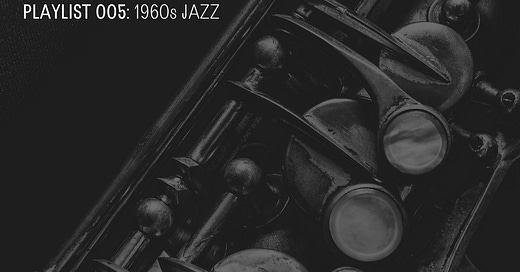



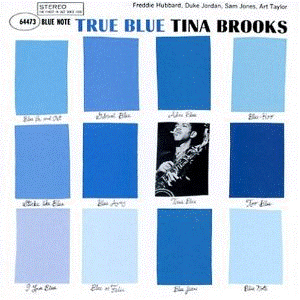
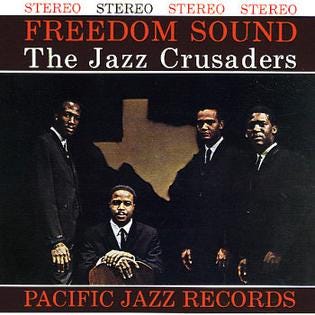
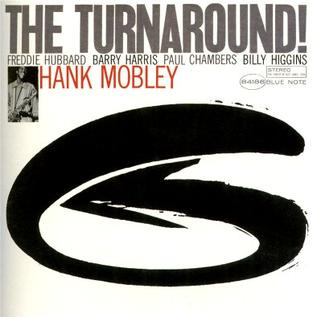
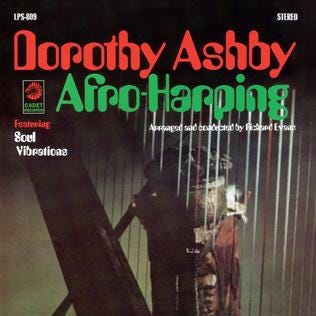
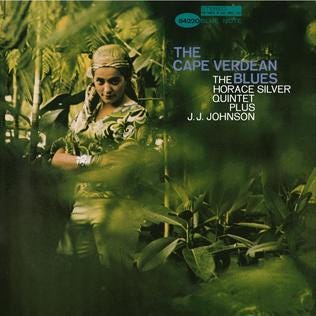
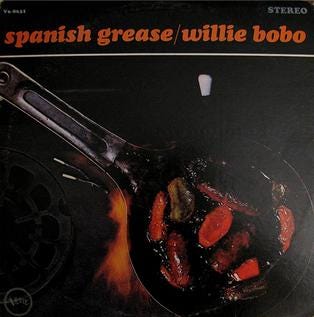
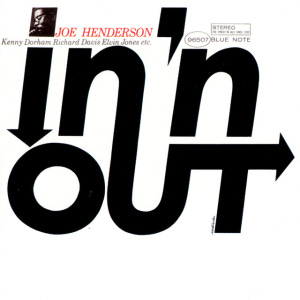
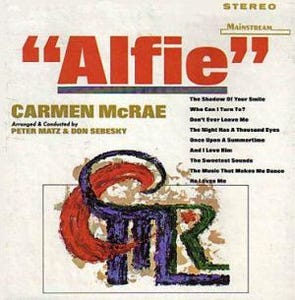
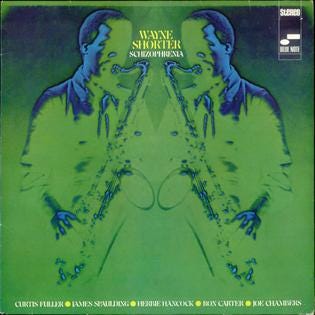



You need some Jackie McLean in that list - he always seems to get overlooked, yet everything he released throughout the 60s I think is spectacular and inventive without going into full on free jazz.